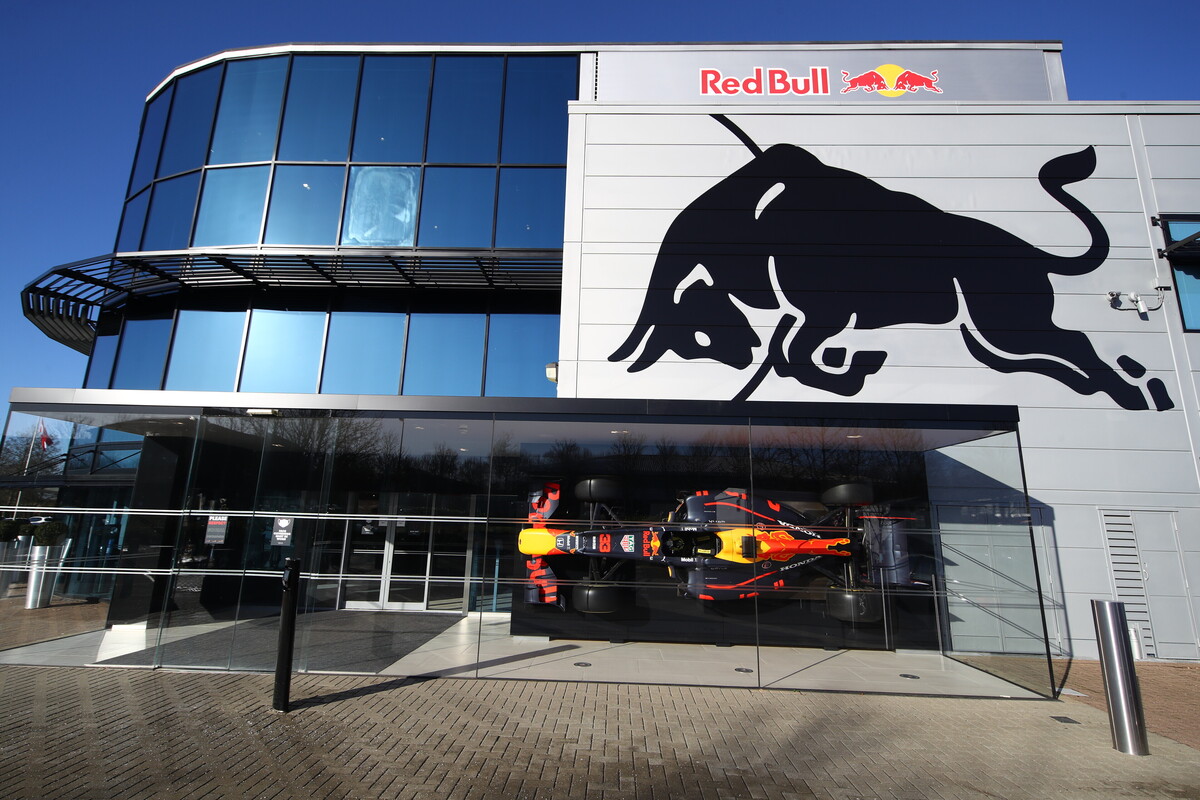

The relationship between Red Bull and Ford in Formula 1 has developed far more quickly than the American car company expected it to.
Ford was announced as a partner for Red Bull Powertrains when the championship-winning F1 team launched its 2023 season in New York.
The deal includes branding rights to the power unit for 2026 alongside a technical collaboration element.
That has seen Ford ramp up its workforce in Detroit while staff will be embedded in Red Bull’s Milton Keynes factory, too.
“I would say that the relationship has accelerated and progressed even further and faster than we initially imagined in terms of the opportunity to contribute to the programme, technical resources that we have, whether it’s people or facilities,” Mark Rushbrook, Ford’s head of motorsport, said when asked about the project by Speedcafe.
“It’s a great partnership and it’s already very far along.
“Racing in 2026 is effectively tomorrow as far as we’re concerned, so it’s rapid collaboration and partnership.”
Honda withdrawal opened Red Bull door for Ford
Ford joins Red Bull after the squad elected to bring its power unit programme in-house following current supplier Honda’s decision to leave F1.
That call was made in October 2020, with the Japanese marque initially set to completely withdraw by the end of 2021.
A revised deal was struck that has seen the company remain involved, managing the power units used by the team.
Red Bull team principal Christian Horner has revealed that discussions took place in an effort to keep Honda in F1 beyond its existing deal and into the sport’s new power unit era.
They fell through as it prioritised the electrification of its mass-production products over competing with a hybrid in Formula 1.
That decision, which it has since gone back on with its new relationship with Aston Martin, set in motion the programme that will see Ford return to F1.
Hybrid relevance
Electrification is important to the American automaker, and it sees Formula 1 as a way of learning and feeding back into its road car business.
Power unit rules for 2026 will see F1 increase its electrification element from around 20 percent of the total power output to around 50 percent, while simultaneously switching to sustainable fuel.
That combination has been positively received by the automotive industry, as demonstrated by Honda’s decision to return along with the addition of Audi and Ford.
“Our entry into Formula 1, yes it’s a hybrid, but we’re learning so much already and applying so much already in terms of the electrification side of it, the battery cell technology, the motors, the control software for these motors,” Rushbrook said.
“So hybrid can still give us great opportunity for applying the important elements of electrification in that the full electric demonstrators that we’ve had work very, very well in terms of helping us learn more, helping us apply what we already know from development of road cars into those high-performance demonstrators.”





















Discussion about this post